
Fuvamulah Scuba Club: Diving into Adventure and Serenity in the Maldives
Sharing is caring!
Published on 25 Sep, 2025
By: Jamie Schlotterer
Instagram: jamie_justaddwater (https://www.instagram.com/jamie_justaddwater/#)
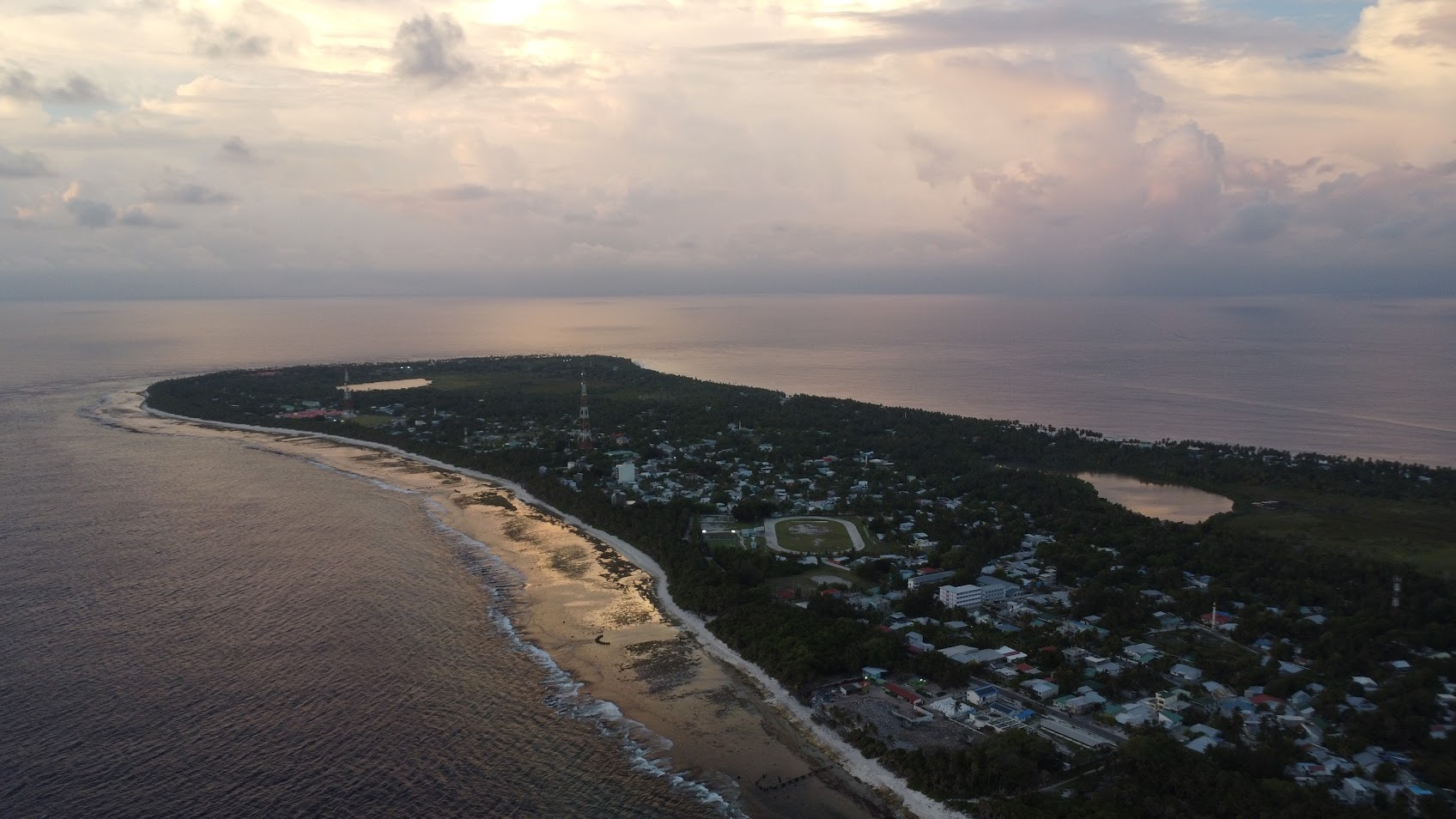
Fuvamulah, Maldives, is a serene paradise nestled in the heart of the Indian Ocean where tranquility meets adventure. The island, commonly known as the "shark island" of the Maldives, is best visited during the dry season, from December to April and offers calm seas, excellent visibility, and abundant marine life. Unlike the bustling resorts of the region, this small, unspoiled island offers a peaceful escape with abundant diving opportunities and a welcoming local community. During my time there, I discovered a haven for divers, with crystal-clear waters and diverse marine life, including the awe-inspiring Tiger Sharks. From relaxing on the quiet beaches to immersing yourself in world-class diving, Fuvamulah invites you to unwind and explore at your own pace. Whether you're a seasoned diver, a nature lover, or someone seeking a tranquil escape, Fuvamulah is the kind of place that invites you to slow down, embrace the local culture, and connect with the island in a way that few other destinations allow. Let me take you on a journey through my unforgettable adventure, from thrilling shark dives to peaceful island life. Join me as I share the highlights of my trip to this stunning sleepy island in the Maldives.
Dive Center Operations
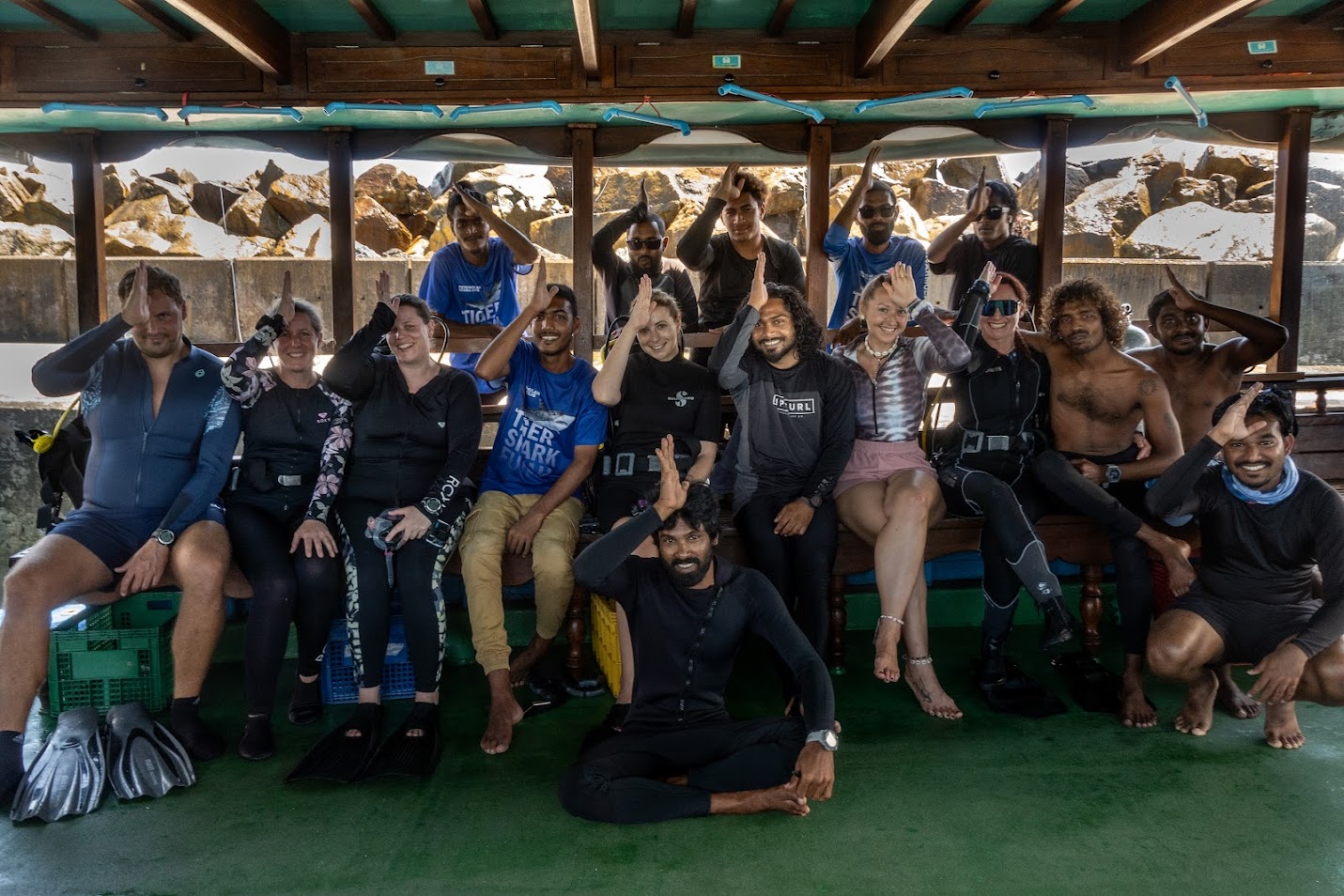
I chose to dive with Fuvamulah Scuba Club right off the bat, their website was professional, reviews positive, and communication with booking staff was quick and easy. I quickly realized that they are not only a dive center but a travel agent of sorts that can assist on booking and arranging everything Fuvamulah, specifically the flights. I recommend booking flights through the dive center as ultimately it is cheaper than booking yourself and you can make changes if needed since they have good relations with the airline. I needed to change my flight last minute due to transit delays at the airport and they were able to change my flight with no additional charge. I also very much appreciated the complimentary airport pick up and was promptly greeted by members of the FSC dive crew upon arrival to Fuvamulah. The shop is as active as you want in your overall Fuvamulah experience and can be a tool for booking accommodation, motor bike, activities, and day trips if desired. The Dive center is centrally located and has beautiful underwater murals all over the walls. It is spacious and comfortable and has all the amenities that you look for in a DC, it is a perfect spot for dry learning and courses. If you are just fun diving, like me, and not partaking in a course, you won't need to go to the dive center, since you will be picked up at your hotel and transported to the harbor for dives, and all the equipment will be waiting for you in the boat, prepared. If you are doing courses, you will spend more time in the center doing theory.
The Shark Residence
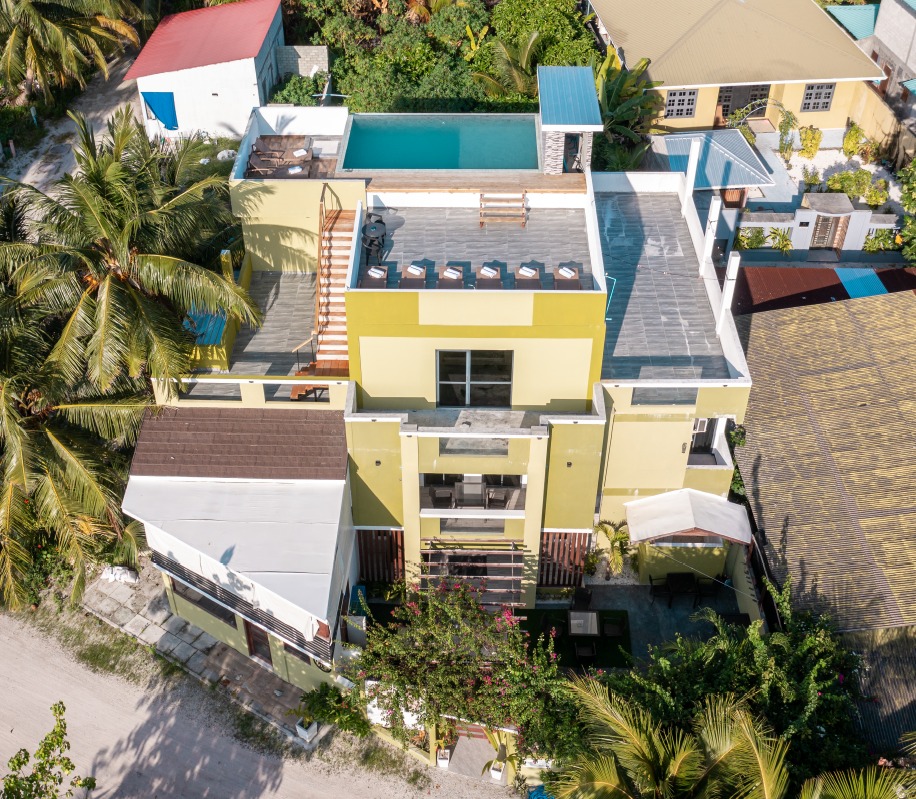
I stayed at the dive center accommodation called the Shark Residence located in the center of the island just a short walk from the dive center. I received a refreshing coconut upon arrival, which was much appreciated after a long day of travel. The accommodation was clean and comfortable, the TV had Netflix, and the room included a warm shower, complete with an outside area to hang wet clothes, a rooftop pool, and most importantly a comfortable bed. Overall, the room is very spacious and the property very quiet and relaxing. The room also includes a fridge, and everyday I was provided with multiple bottles of water which were already chilled in the fridge when I came back from the day. Additionally, the residence had a washing machine on site and guests were able to do their laundry free of charge which I greatly appreciated. Included in the price of the room is breakfast at AIG, a 5-10 minute walk from the accommodation, the breakfast is good/basic and easy to get to from the residence, although I recommend not getting the all-inclusive option (breakfast/lunch/dinner) at AIG since here are other really good food spots to check out in the evening, see recommendations below in “Island Life”. The accommodation is located within a 2-minute walk from the sunset beach, so everyday after diving I would walk down to the beach and sit and watch the beautiful sunset. While you cannot sit on this beach in a bikini, you can relax and enjoy the ocean. Scooter rental was available for $20 a day, I recommend getting a scooter for at least 1-2 days to be able to explore the island, discussed more below in “Island Life”.
The Boat
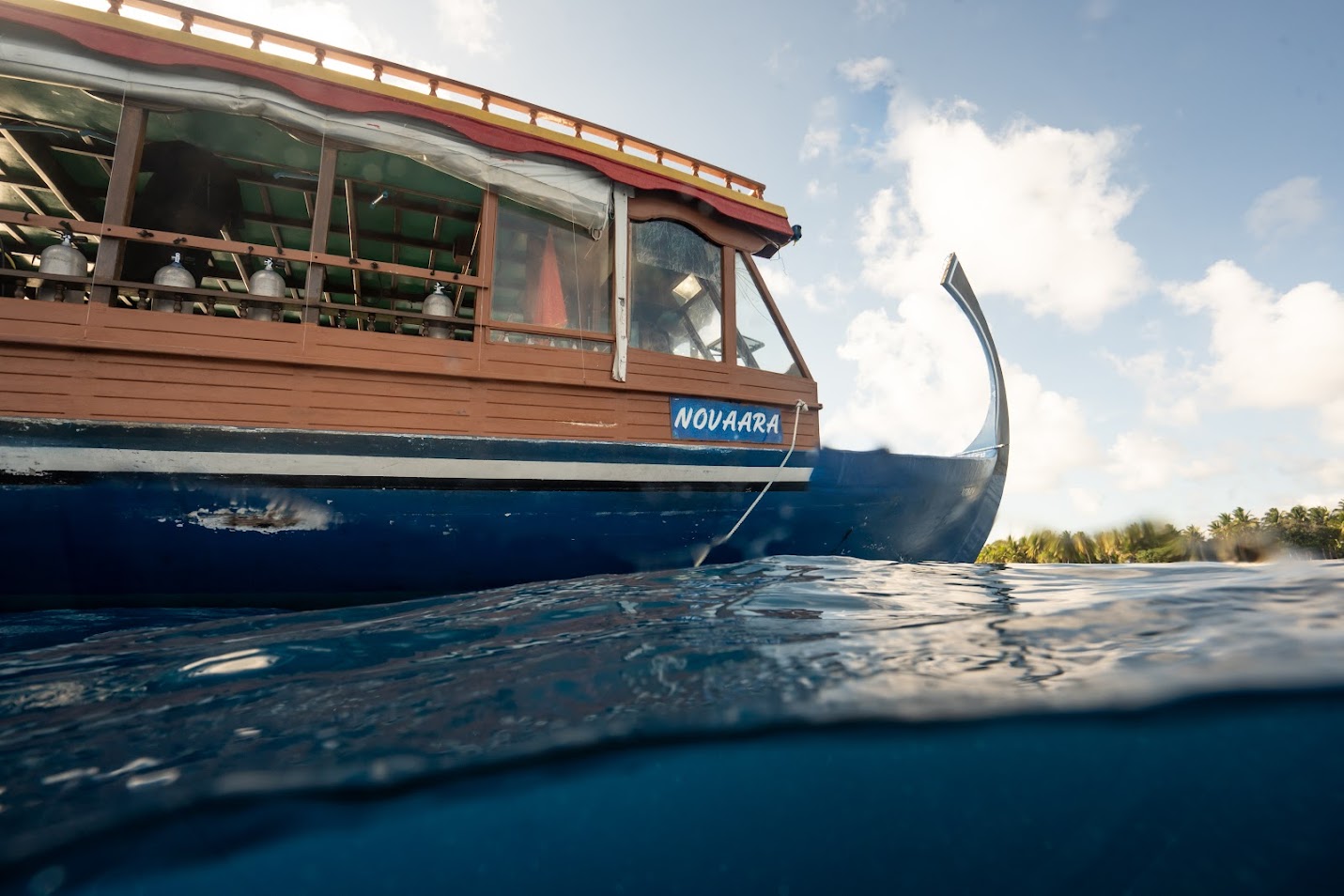
The FSC boat, in my opinion, was the nicest boat in the harbor, it is an authentic Maldivian dhoni wooden boat that is one of the largest and most spacious in the harbor. On the roof there is a lovely sundeck for relaxing after the dive, and on boat there is complementary tea, coffee, and snacks (often dried coconut, and dried tuna). Briefings are performed on the boat before the dive, groups were kept small and intimate for the best dive experience. All the equipment was well maintained and the dive staff, Capitan, and crew were all incredible professional and made the experience comfortable.
The Diving Operations
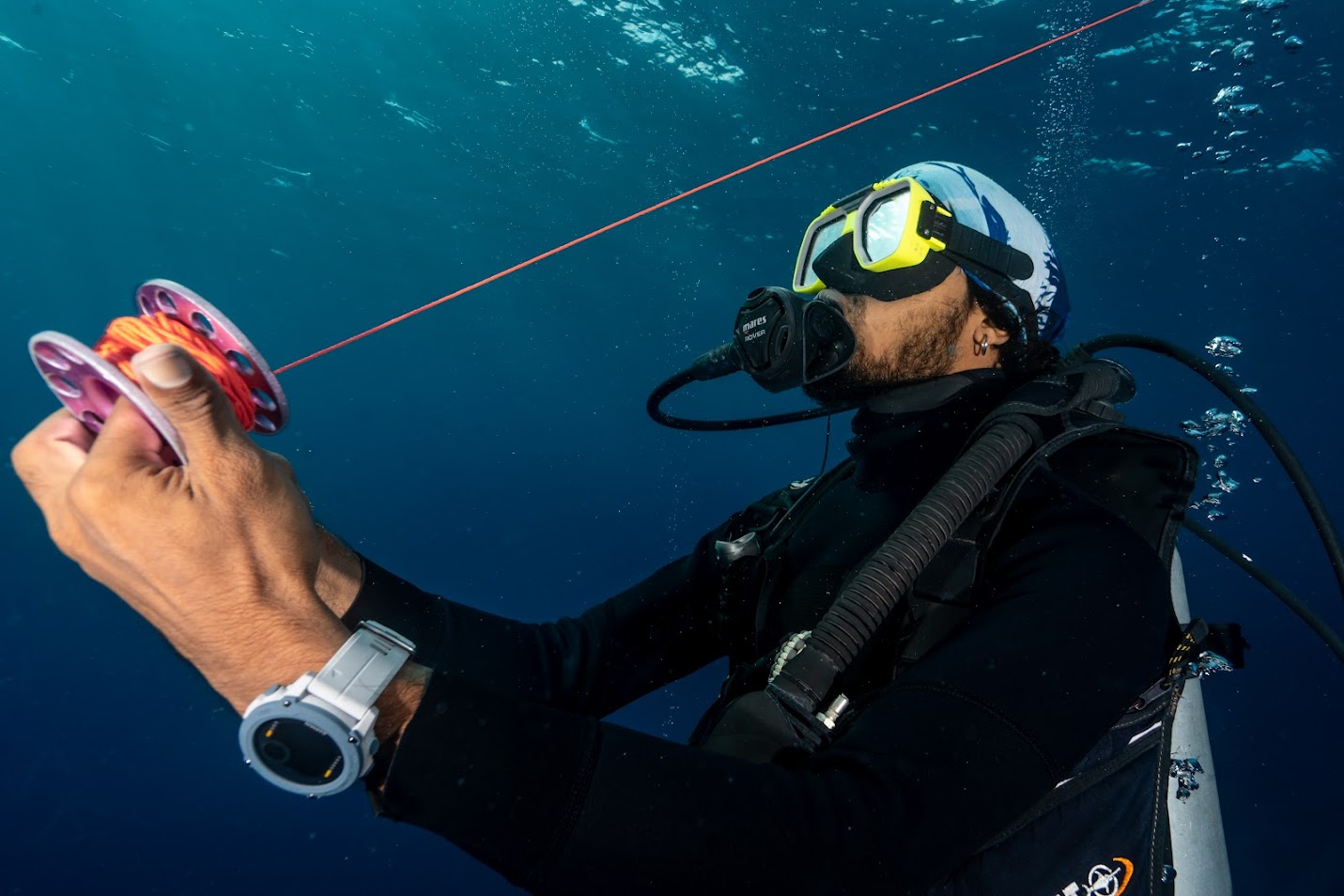
Now to the good part, the diving! FSC has three dives a day typically at 7:30, 10:00, and 12:00, occasionally the schedule will be shifted to 8:30, 11:00 and 13:30 based on availability. After each dive you return to the harbor and are given a 1-1:30 hour break where you can sit at the harbor cafes (I loved Oivaali Cafe) and have a coffee, and snack. The dive schedule is sent out every night at 19:00 for the proceeding day, so you can determine which dives you plan to join for the following day, I appreciated this foresight before going to bed so I could plan for the day to come. The dive center provides pick-up and drop-off transportation every day from your hotel to the dive boat free of charge. During the week I was there, there were people from all walks of life on my boat, solo backpackers, couples, young folks, older folks, freedivers, and island residents; the overall feeling was very inclusive and welcoming to all walks of life.
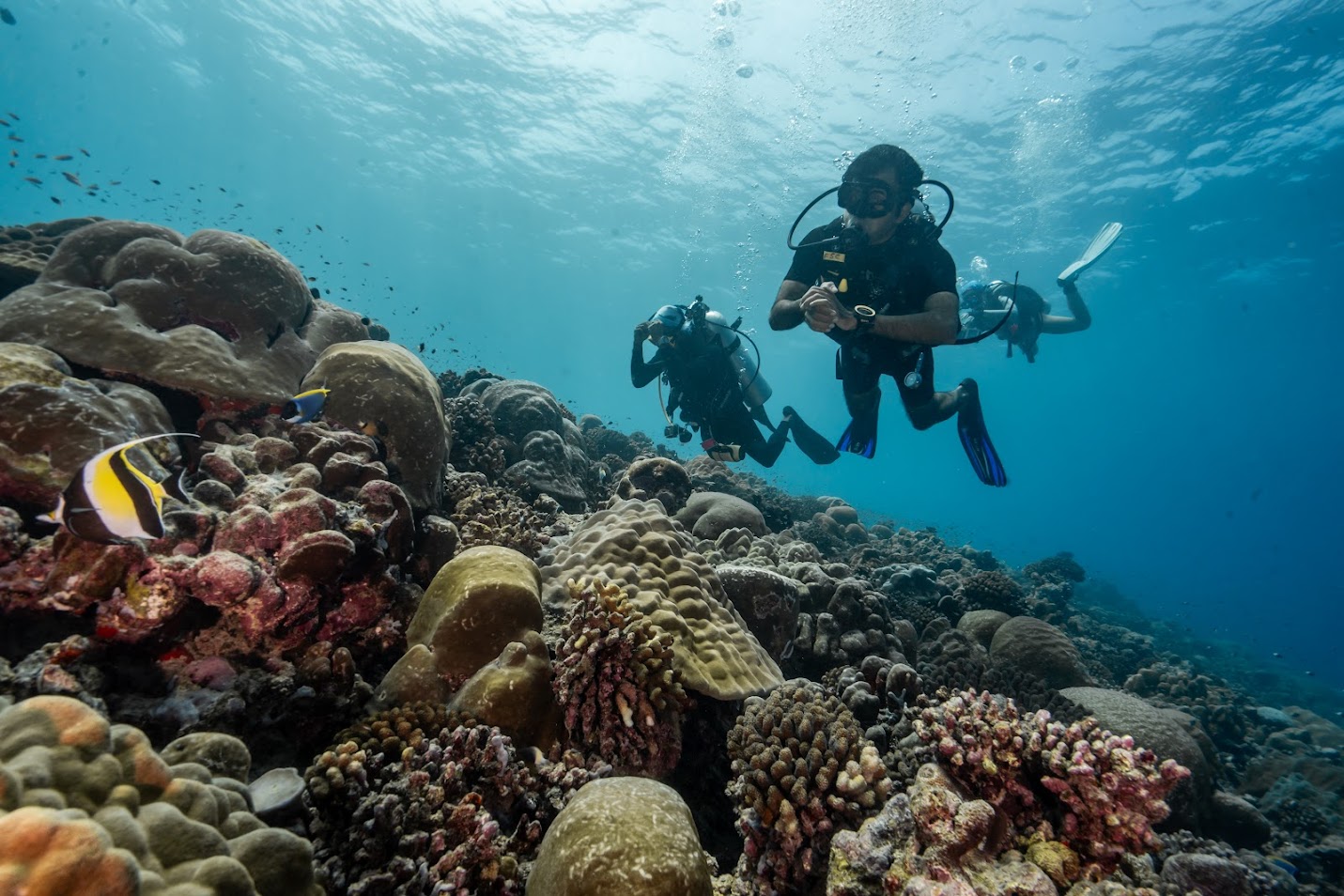
Note: Transportation is included two and from your hotel even if you are staying at a 3rd party hotel.
Tiger Shark Dive!
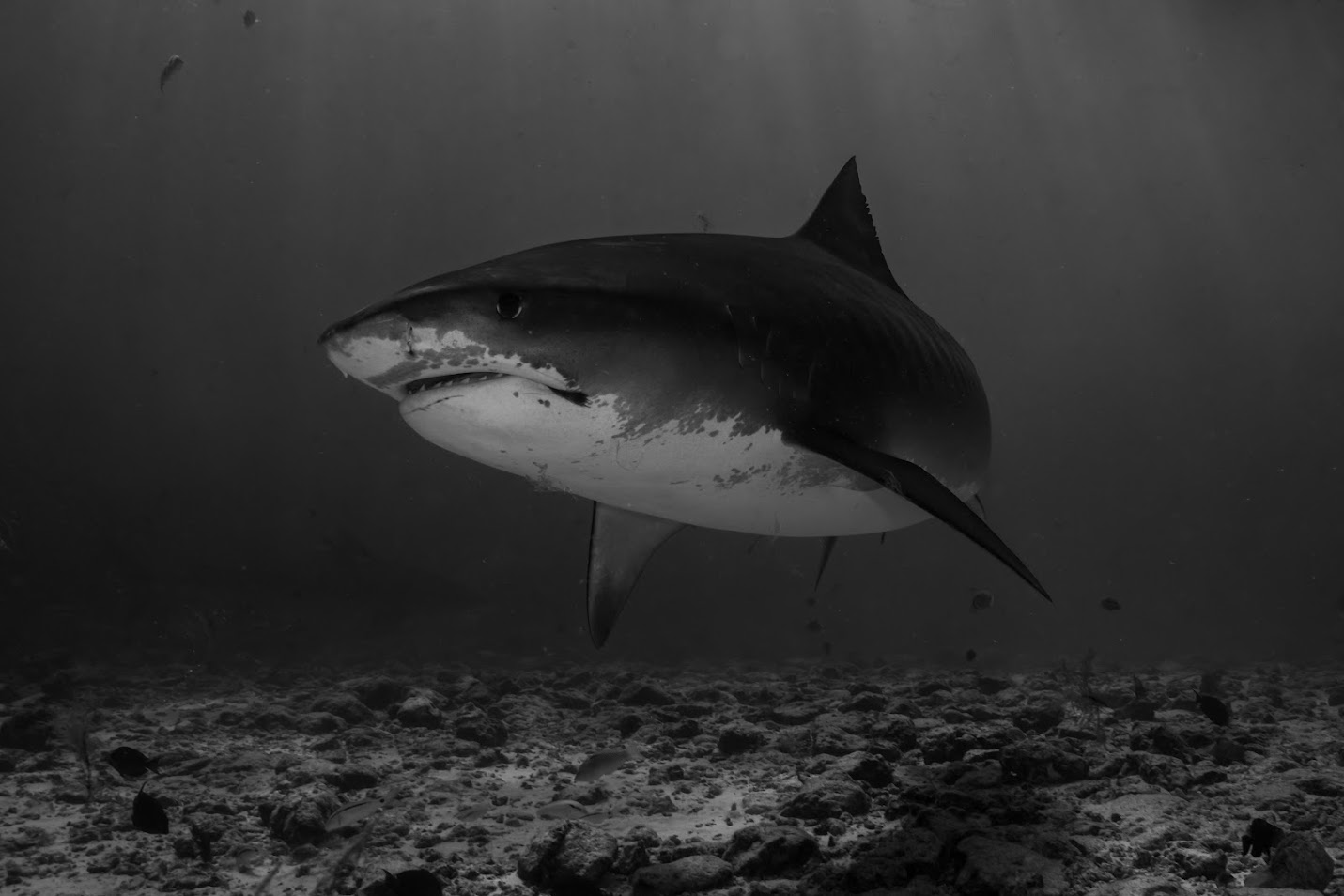
Let's talk tiger sharks! The island has a large population of Tiger Sharks due to the local fishing trade that occurs on the island which is critical food source for the island’s habitants. For decades, local fisherman has brought their catch to the Fuvamulah harbor and cleaned and dumped the fish heads and scrap prior to docking, effectively chumming of the waters around the harbor and ultimately attracting the attention of Tiger Sharks. As a result, tiger sharks hang around the harbor opening, but now, rather than fisherman dumping outside the harbor as they have historically done, they are selling their fish remnants to the dive centers. The dive centers utilize the chum by dropping it at specific times to prepare a “show” of the tigers for divers; so yes, for those of you concerned about this being a feeding dive and that being unnatural, it is a feeding dive, BUT I think it would be better to consider it an alternative dumping method than what previously occurred, since this is a natural process of local fishing islands all over the world.
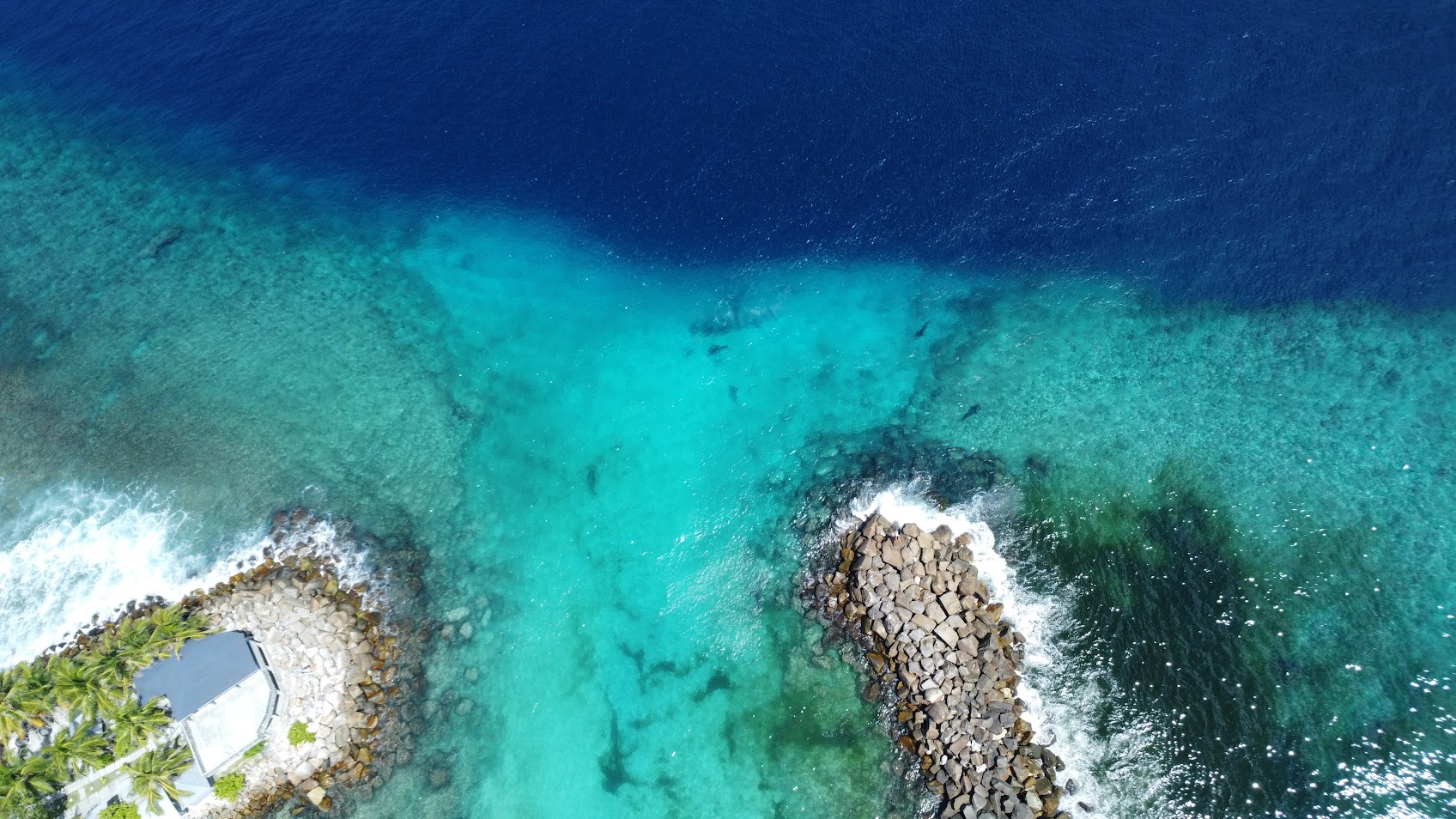
The island is home to various dive centers, which operate on an alternating daily schedule which is agreed upon by all providers for the Tiger Shark harbor dive, which means that each operator is given a time slot everyday to dive the Tiger Sharks. As a result, when you are on the dive site, it will just be your group on the site and you won't be in the water with loads of other people at a time, only FSC will be on-site during your dive. As a photographer I appreciated this tremendously, as it allowed me to have an intimate experience with the tiger sharks and get up close and personal with the animals in order to get my photos and videos. I much prefer to experience the sharks this way, rather than being on site with many other groups in the water at the same time. Before each dive FSC prepares a detailed safety briefing, including dive procedure, safety diver formation, and all the “need to know” information prior to getting into the water with apex sharks. The boat drops the divers to the side slope of the harbor, you then swim along the slope until you reach the mouth of the harbor (approximately 7 meters) and then the dive group will kneel or hover behind a barrier (rocks) to be able to be monitored for safety by the dive team. I felt incredibly safe with the dive team, at all times we had dive crew in front, to the side, and behind the group making sure any curious sharks were redirected from direct contact with divers. I especially liked having two of the crew behind me, since I was shooting photos, this allowed for me to really focus on what was in front of me (the main show!), rather than having to watch my back and constantly keep looking over my shoulder. If at any moment a shark got a bit too curious, the dive team was quick to act and would gently redirect the shark as needed. After 30 minutes on site has elapsed, the group will then leave the harbor mouth and swim out into the blue for safety stop and pickup, but the main event is not over yet! When in the blue you have tiger sharks swimming all around, coming from all directions even from underneath; I was really thrilled to be in the blue with sharks cruising by from all directions, what an experience! Overall, I was very impressed with the professionalism of the team and ultimately did the Tiger shark dive 5 times since I couldn’t get enough!
One thing to note, since you are diving at the mouth of the harbor, there are boats going overhead during the dive, so this is not a dive where you swim around or ascend to the surface if there is a problem. Therefore, for newer divers I would recommend bringing an extra weight to allow you to stay in place without any trouble.
Reef Dives
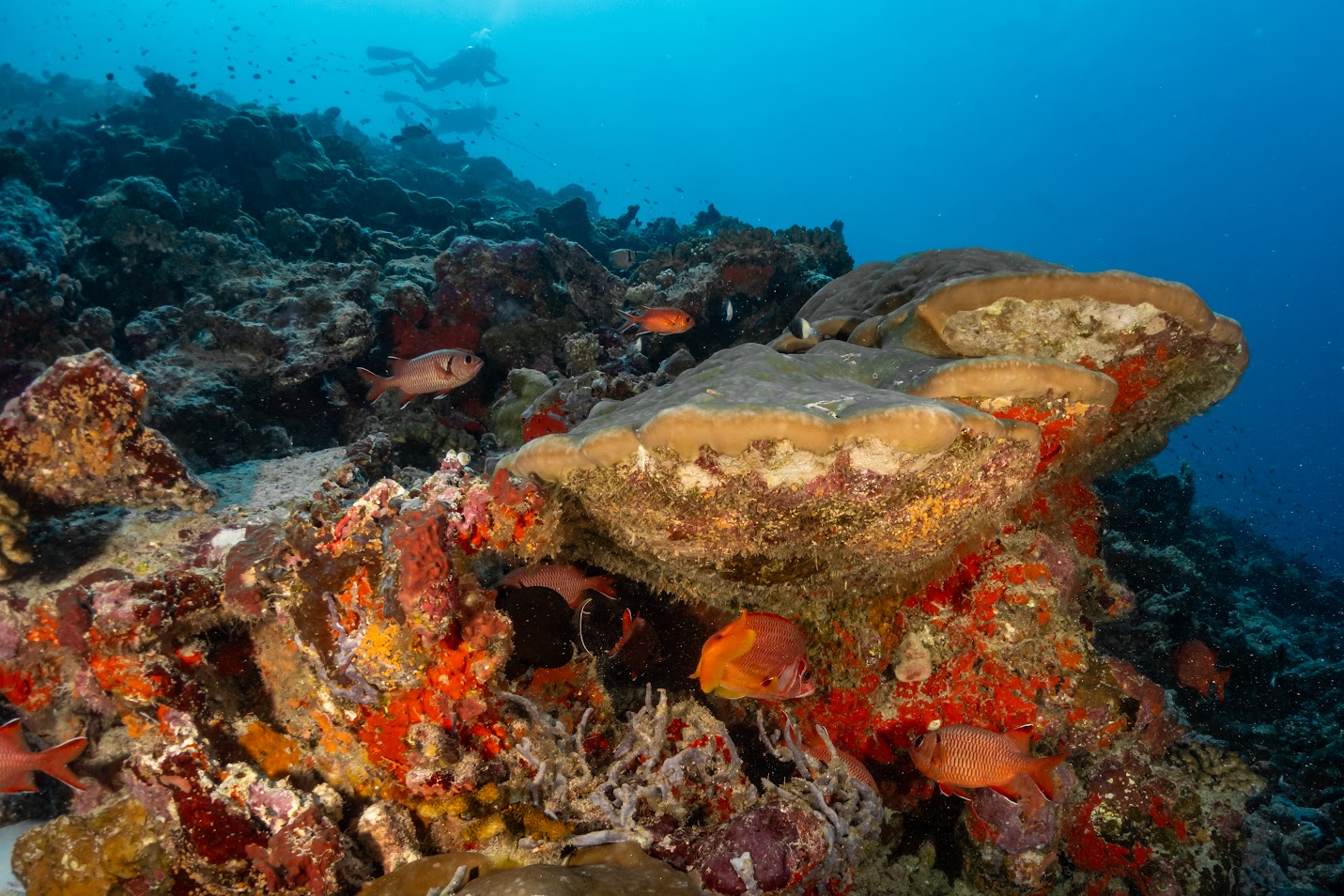
During my stay I did numerous reef dives in addition to my tiger shark dives mentioned above. There are two reef dives a day, typically one of these will be Thundi and the third site chosen by the dive team (based on conditions and currents). Thundi reef is a sloping reef on the north-east side of the island where you can see Thresher shark, Mola Mola, Tiger sharks, whale sharks, and mantas among other things! Since most of these animals are deep, the guide drops down to spot the animals and then gives the signal when something is sited, this allowed for us customers to optimize our no-deco limits and have the maximum amount of time with the animals were spotted. On most dives Thresher sharks were spotted, during my time we did not see mola-mola at this site, but they had spotted them the week prior to my arrival. Additionally, we dove Fari Kede (Plato) which is the hammerhead point located off the south tip of the island, this reef is a Plato which on the top had large schools of Trevallies and grey reef sharks hunting, very cool! You can drop down the side of the Plato to deeper water and look for hammerheads, during my trip we didn’t get lucky enough to see one. Lastly, I dove Bilhifeyshi, located off the south-west tip of the island, which was a slope dive with lots of overhands and beautiful corals, here we saw lots of vibrant corals, fish, moray eels, and reef sharks.

The water temperature was 29-30 degrees Celsius among all dive sites and the visibility is very good ranging from 30-40 meters when I was there (January).
Please note that in the Maldives it is illegal to go below the depth of 30m, tech dive, or perform decompression diving, so keep this in mind when doing the reef dives since majority of the animals are deep, it is recommended to maintain your depth at 30 meters, and to take the optimal nitrox mix for this depth 32%-35% PPO2.
Free Diving

The FSC boat also offers freediving to its customers, which, in my opinion was a more intimate experience with the sharks. During the week I was scuba diving, I was able to watch people freedive with the tiger sharks and realized that I couldn’t miss out on this opportunity…. so, my last day, I decided to freedive with the Tiger sharks, wow -what an experience! The freediving is performed in small groups, so the ratio is 1 to 1 or 1 to 2; I went with one other customer, and we had two guides Izhu and Safdhar, who were our safety divers. When freediving, you are more mobile so you are able to interact with the tigersharks more than you can while on scuba, you also get a different perspective and a change of pace from scuba. It was such a beautiful experience being able to dive down and swim alongside these beautiful animals. I think overall it was easier for me to get quality photos while on scuba, compared to freediving, but the contrast in the dives was exciting, and I enjoyed the opportunity to swim with sharks in an interactive way. I would definitely recommend doing a freediving session on your last day before you fly, since you cannot scuba for 24 hours anyway, and this is a great ender to round out your trip in Fuvamulah.
The Fish Market
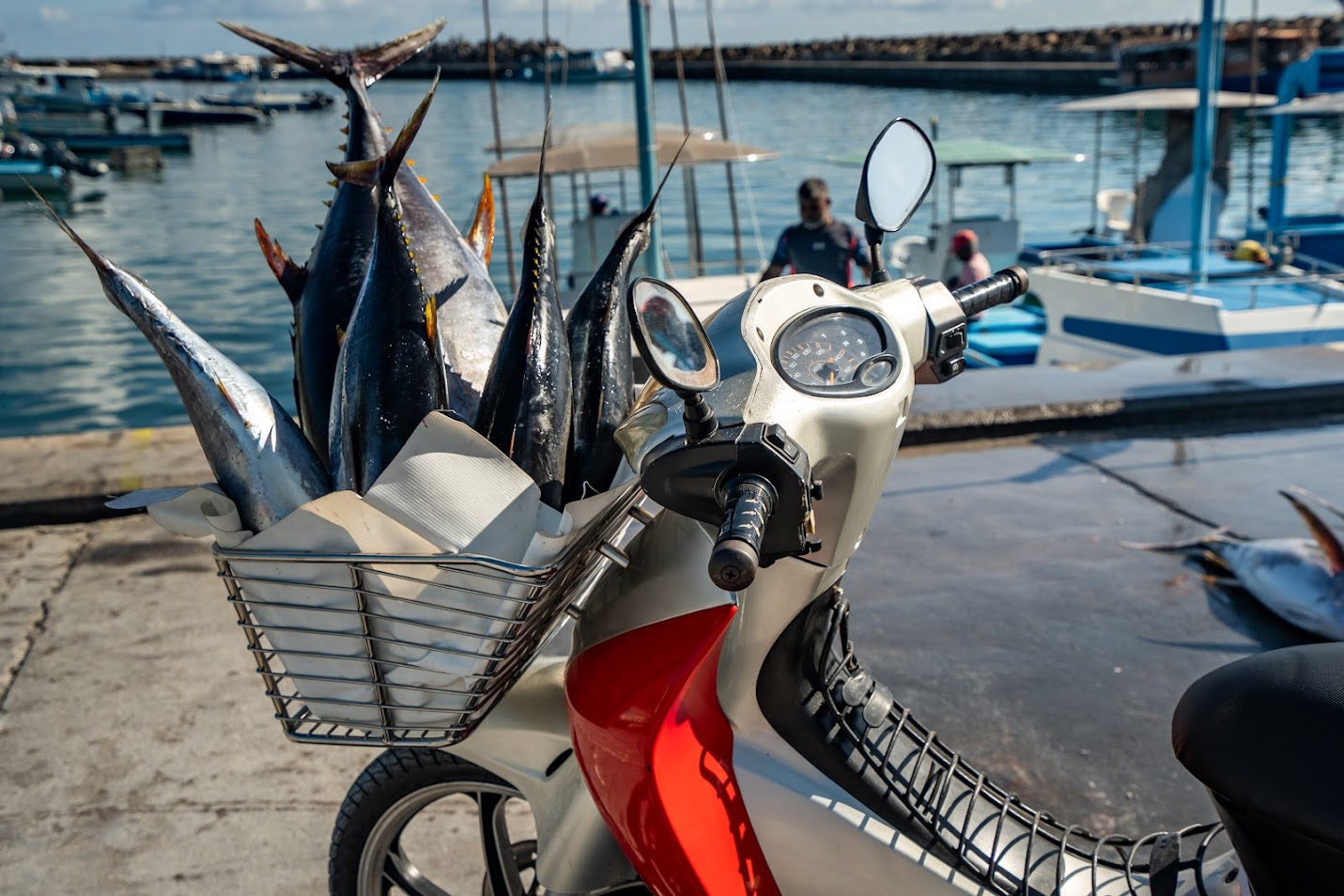
Since the local resident’s diets heavily rely on fish, this harbor is crucial to providing sustenance to the island; this lively market is the main hub for the buying and selling this fresh commodity. The fish market is located in the Fuvamulah harbor, same harbor that the dive boats leave from, so you can’t miss it. When you come back from the morning dive the market will be in full swing and local fisherman are there selling their catch of the day, I recommend taking a look at the market between dives, I found it quite interesting.
Island Life
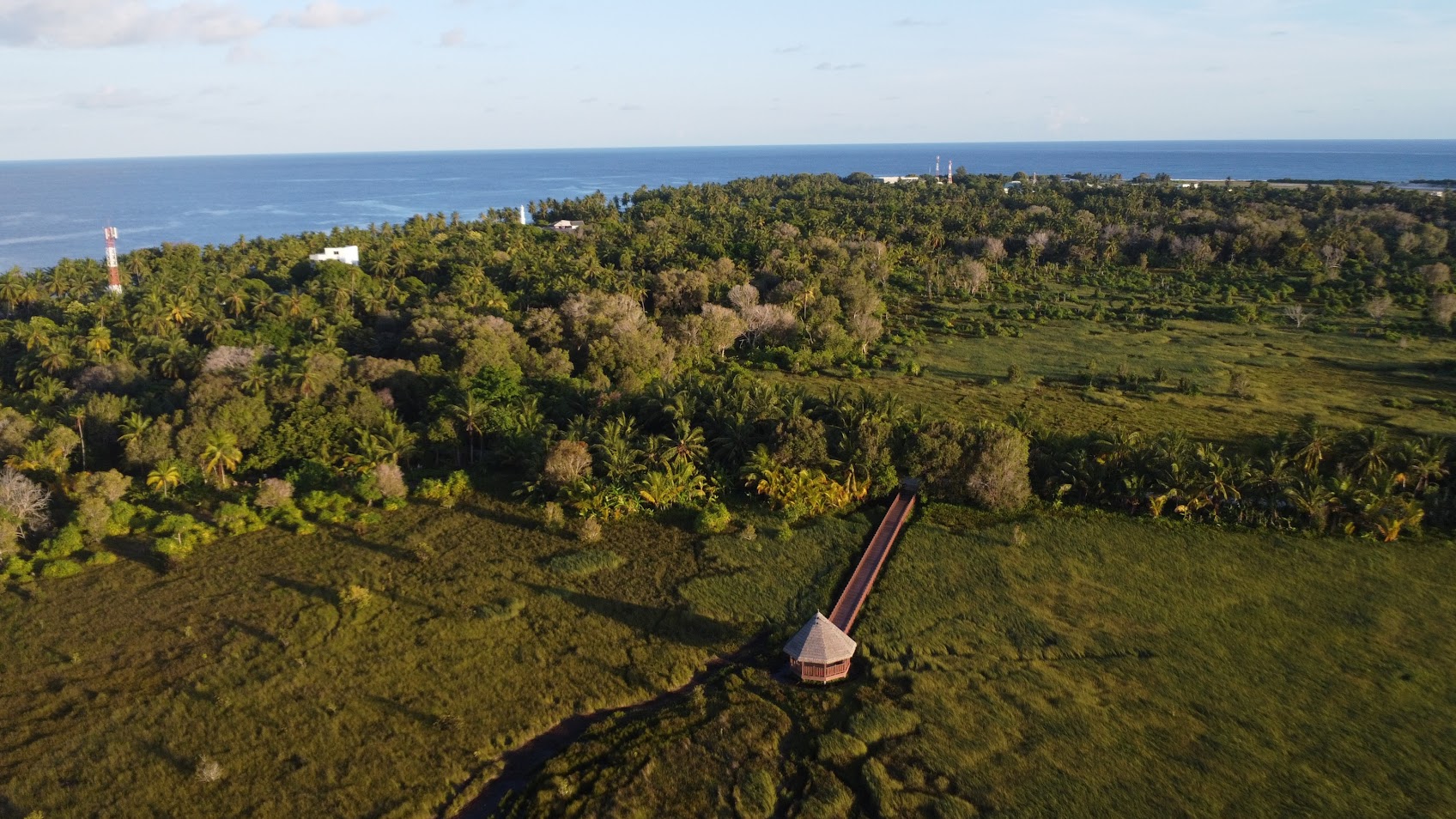
The island itself is one of the most beautiful and quiet islands I have ever had the pleasure of visiting; the white sands in the north are small smooth pebbles that tickle the bottom of your feet, and the palm trees are mature, tall, and protected. Overall, there is not much to do on the island outside of diving, so relaxing is #1 activity when dry; therefore, Fuvamulah is a perfect place to come and unwind, read your book, and enjoy the blue water and white sand. During my stay on the island, I understood that the community of Fuvamulah and the people that call it home are living simultaneously with the tiger sharks. Kids are swimming right by the harbor, boat fisherman are in the water cleaning the bottom of their boats in the harbor, people are surfing right next to the shark hot spot, and no accidents are reported. There is a harmonious relationship between the locals and the sharks, they live together and amongst each other and each pay a role in providing for the other; the sharks which bring tourism which provides jobs and money inflow, and the people with fish scraps/food for the sharks and protection. It’s a beautiful symbiotic relationship that felt quite unique to the island, since in other places with large tiger shark populations (such as Australia) there are countless attacks, and the people and sharks are not living harmoniously. Observing this relationship between human and shark felt very special and beautiful to witness and overall left me with a very warm feeling towards this sleepy fishing town. From talking with the locals over the week that I was there, it became evident that they care deeply about the island they call home and are actively fighting to protect it for all its beauty and keep the local culture intact. This includes fighting against the building/development of large tourist conglomerate hotels and protecting the palm trees that are needed to protect the beaches from corrosion.
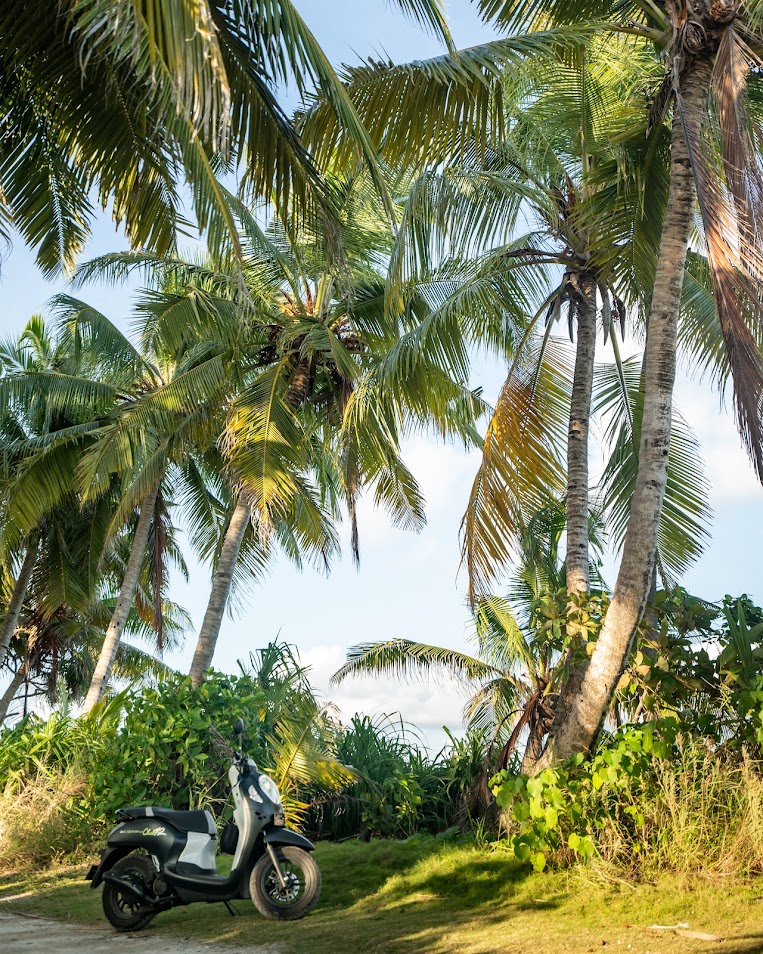
During my stay, I rented a motorbike for 2 days and enjoyed driving around and seeing different parts of the island. I would recommend doing this for at least one day so you can get a sense of the whole island and explore a wider range of beaches and restaurants than what Is located around your hotel.
Below are some general recommendations that I prepared based on my time on the island:
Attire: Tourists are recommended to wear short sleeve/long sleeve tops and longer shorts/pants around the island since the island is a Muslim island. For women, skirts below the knee or longer shorts are fine. I recommend bringing a Sarong to cover your shoulders if you want to wear strap dresses or tank tops. Once on the boat and left the harbor, bathing suits, bikinis, are acceptable.
Cafes/ Restaurants: I recommend Café Eden, Cool Banana, White Collar Coffee Club, Oivaali (by harbor – snacks/lunch in-between dives), Pebbles, Monte Rosa (Buffet style, which is not usually my favorite, but this was delicious and cheap).
Convenience store: The Pantry Shop, should have everything you could need while on Fuvahmulah
ATM: Maldives Islamic Bank (Across from the Pantry Shop)
Non-Diving / Other things to do- Surfing (beach break Geragando Fanno), Swimming (Feendhi Fanno), visiting freshwater lakes in the north (canoeing, paddleboard, bird watching), famous mud bath and overland bridge (Koda Kilhi)
Sunset: Ataraxis rooftop, sunset beach (west beach)
Large Banyan Tree – outside the Hafiz Ahmed School. Before the airport was built and the only transportation to the island was 3 days via boat from Male, this tree was used by captains/fishermen to navigate their way back to the island since it is the tallest point, one of the oldest banyan trees in Maldives.
Safety: Overall, I traveled here as a solo woman backpacker and felt very safe, I didn’t run into any issues, found the island to be very peaceful and lit up and night. I would recommend normal caution that comes along with traveling as a solo female, but nothing stood out to me to be unsafe. Streets are lit up at night, and the island is quite and sleepy. Most island residents looked taken care of and friendly, from what I saw there were no dodge or sketchy looking individuals around.
Final Word
This unspoiled island in the Maldives offers the perfect balance of thrill, diving alongside tiger sharks and other amazing marine life, and peace, relaxing and enjoying the charm of island life. To me, Fuvamulah stood out in contrast to the typical conglomerate resort experience that is seen throughout the Maldives islands, and the experience overall was well balanced and authentic. Fuvamulah Scuba Club made the experience easily accessible, from booking flights and arranging accommodation to providing top-notch diving operations. The tiger shark dive, in particular, was a highlight—an intimate and thrilling experience with one of the ocean's most majestic apex predators, enhanced by the professionalism and care of the FSC dive team.
Fuvamulah isn’t just about diving…. the island itself has so much to offer, from the quiet beaches and vibrant sunsets to the local cafes. and fresh fish markets. The harmonious relationship between the locals and the sharks was one of the most beautiful aspects of the island to witness —people living alongside these magnificent animals in a way that benefits both the community and the environment. If you're looking for a destination where you can dive into adventure, experience local culture, and enjoy some much-needed tranquility, Fuvamulah, the island of the tiger shark, is the place.
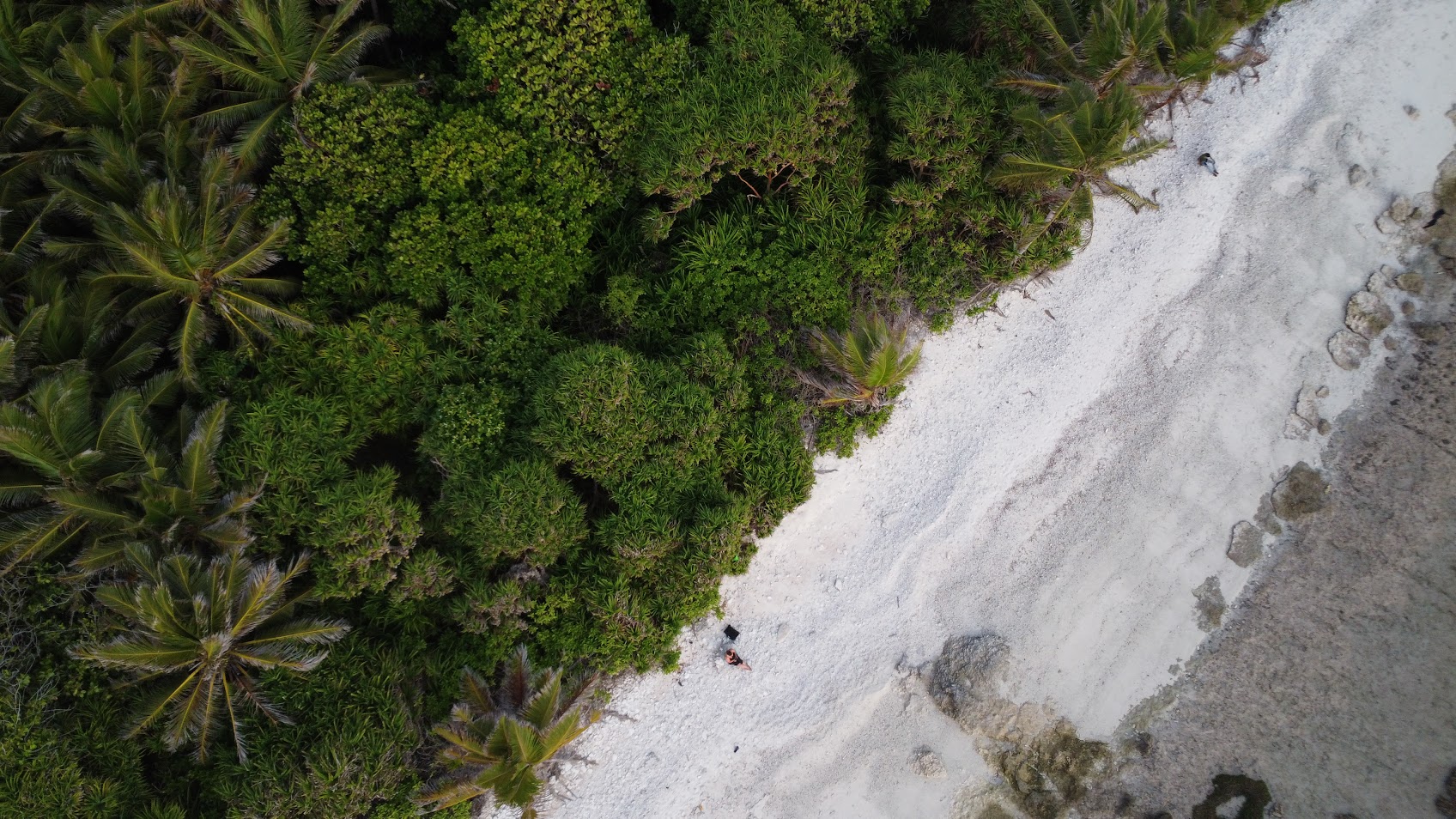
Tags
Recent Articles
-
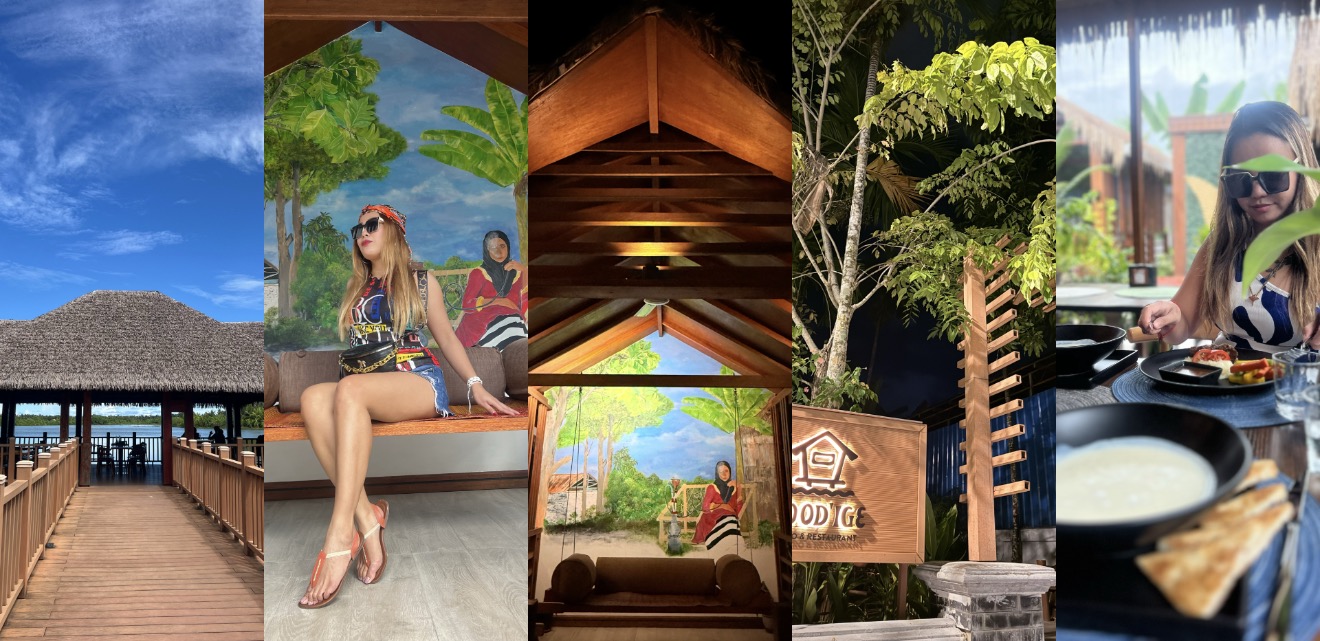 Highly Recommended Restaurants in Fuvahmulah – Our Personal FavoritesStory Dec 11, 2025
Highly Recommended Restaurants in Fuvahmulah – Our Personal FavoritesStory Dec 11, 2025 -
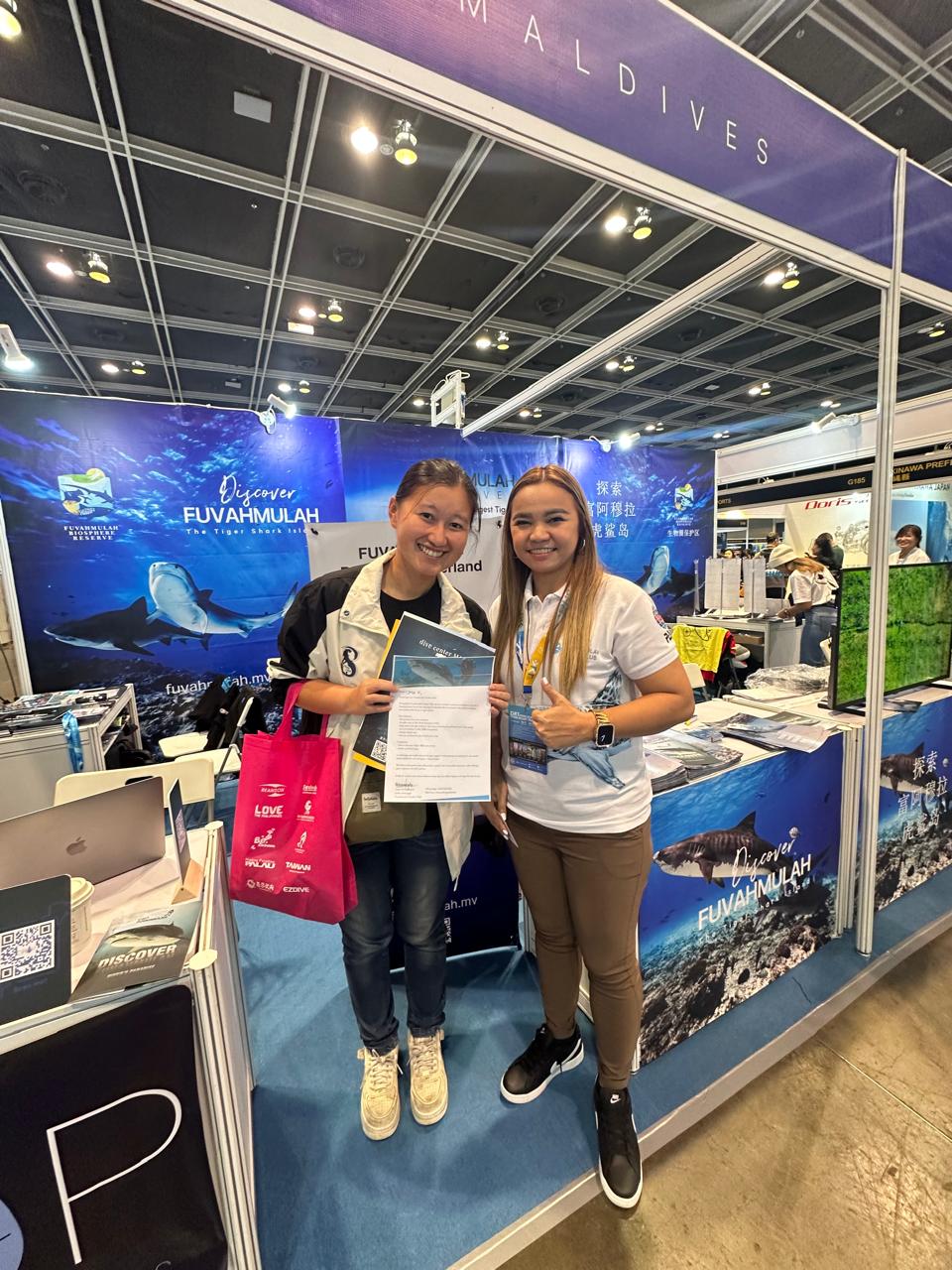
-

-
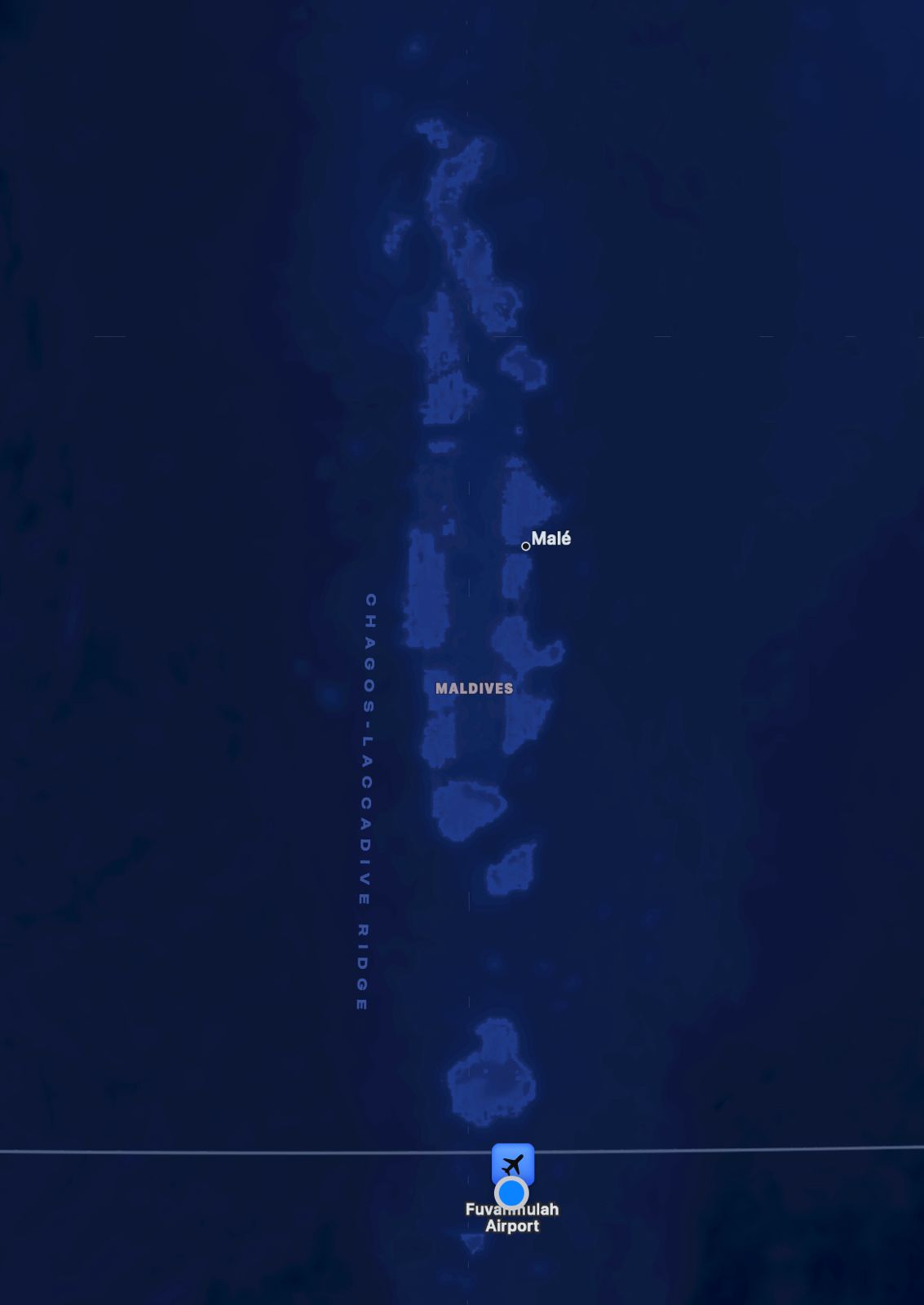 How to Get to Fuvahmulah Island: A Comprehensive Travel GuideTravel Sep 25, 2025
How to Get to Fuvahmulah Island: A Comprehensive Travel GuideTravel Sep 25, 2025 -
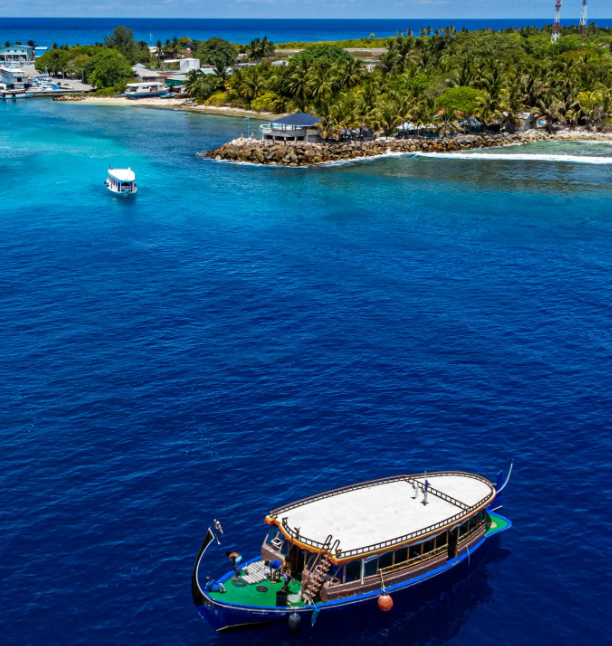 Discover Fuvahmulah Island with Fuvahmulah Scuba ClubStory Sep 25, 2025
Discover Fuvahmulah Island with Fuvahmulah Scuba ClubStory Sep 25, 2025